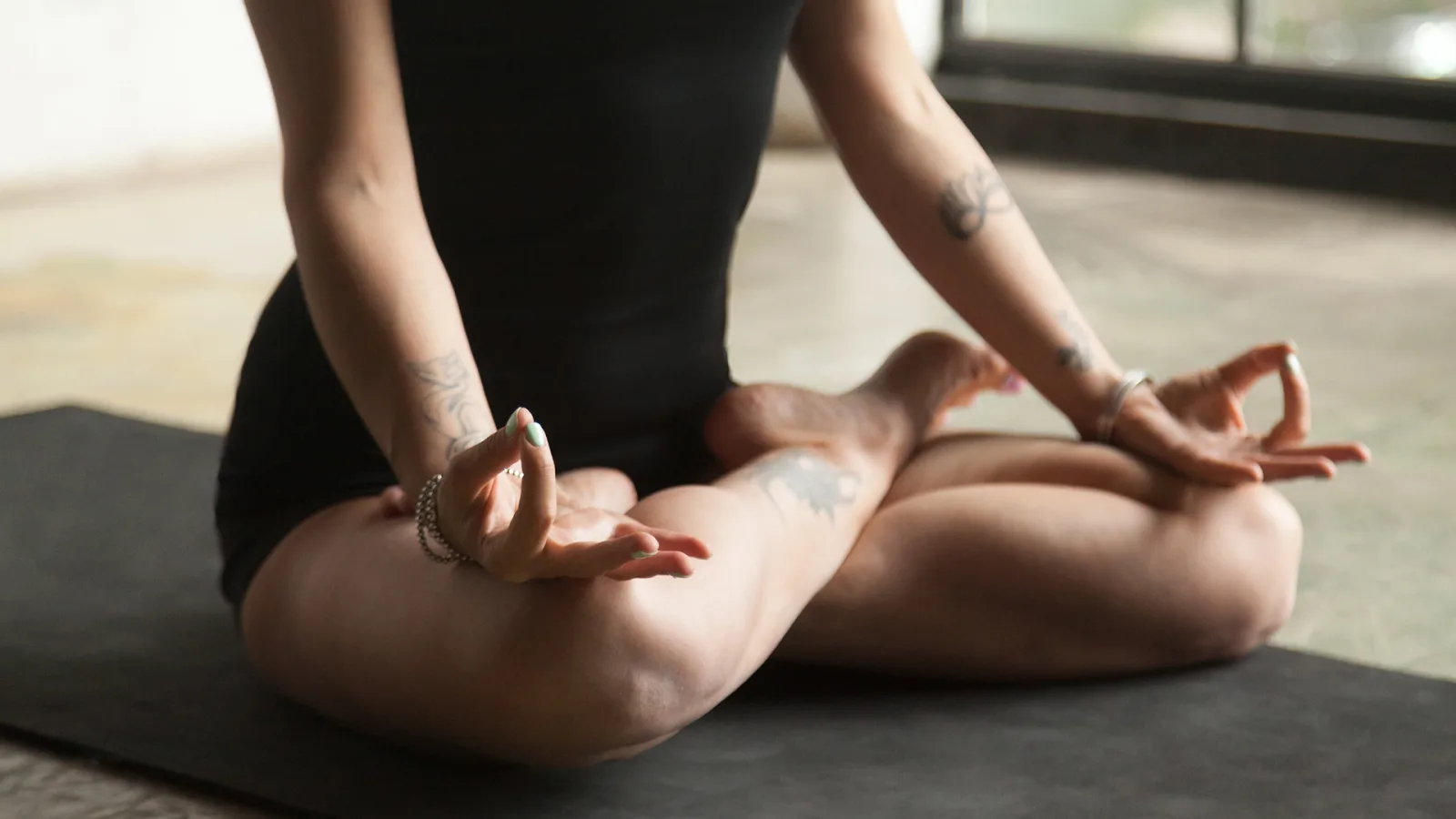 ;
;Find Your Perfect Meditation Seat
Course Overview
This short course will help you eliminate physical obstacles and distractions in your meditation.
Steve Harris offers essential tips for making your sitting posture steady and comfortable, and he demonstrates several postures to choose from. You will find that when your body is steady, relaxed, and comfortable, your mind naturally becomes quiet.
In this 45 minute digital course, you will learn:
Four essential alignment instructions for making your sitting posture steady and comfortable
The stages of sleep, and the brainwaves associated with each stage
Helpful tips on how to stay awake while moving through relaxation toward deep sleep
How to do a short meditation, allowing your body and breath to relax and your mind to enjoy the stillness Begin Course
Certificate of completion
3 CEU’s Upon Completion
Self Paced Learning
Course Outline
Collapse all
How to Get This Course?
To obtain unlimited access to this course on all your devices, along with access to 300+ other yoga course and challenges, and all the content of Yoga International, just create a Yoga International account. The first 7 days are free. Cancel anytime!
Start your free trialMeet Your Teacher
Frequently Asked Questions
Our Customers Love to Practice With Us. We Think You Will Too!
When you sign up for this course you also get:
- 200+additional yoga coursesDeepen your practice
- 3000+yoga practicesAll styles and durations
- 100+yoga challengesGet that extra motivation
- yogic docu-seriesLearn and relax
- 700+meditationsFind your peace
- 100+pranayama practicesGet centered
- Ayurvedic tutorials and recipesGet practical
- Spiritual Teachings LecturesGo deep
- 2700+articlesFull access to our library
- Unlimited access on all your devicesPractice anytime anywhere
Experience the Yoga International difference
We’ve spent the last 30 years becoming an indispensable compendium of yoga practices and resources like no other. Since 1991, Yoga International has been a trusted source leading students to the best yoga classes and teachers in the world so they can experience the transformational health benefits of yoga.
While other platforms have shifted to pilates and fitness focused content, we’ve stayed true to yoga and our mission to help you find the path that works best for you.
